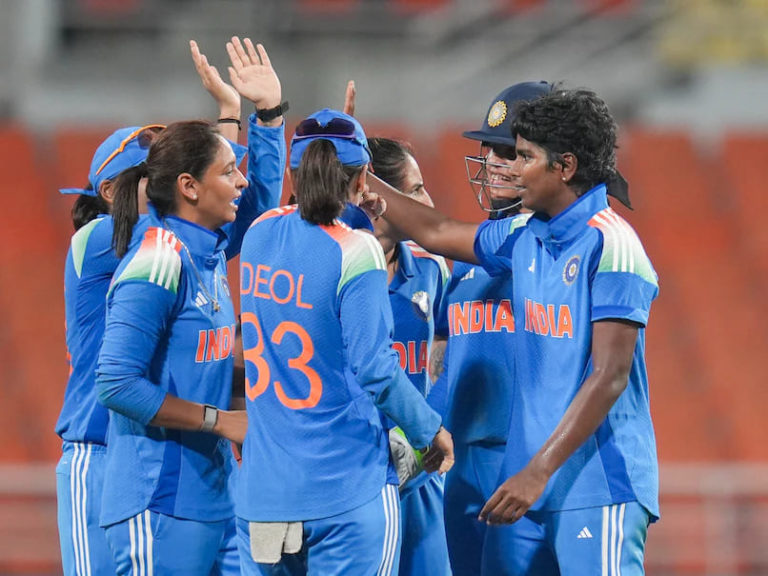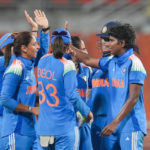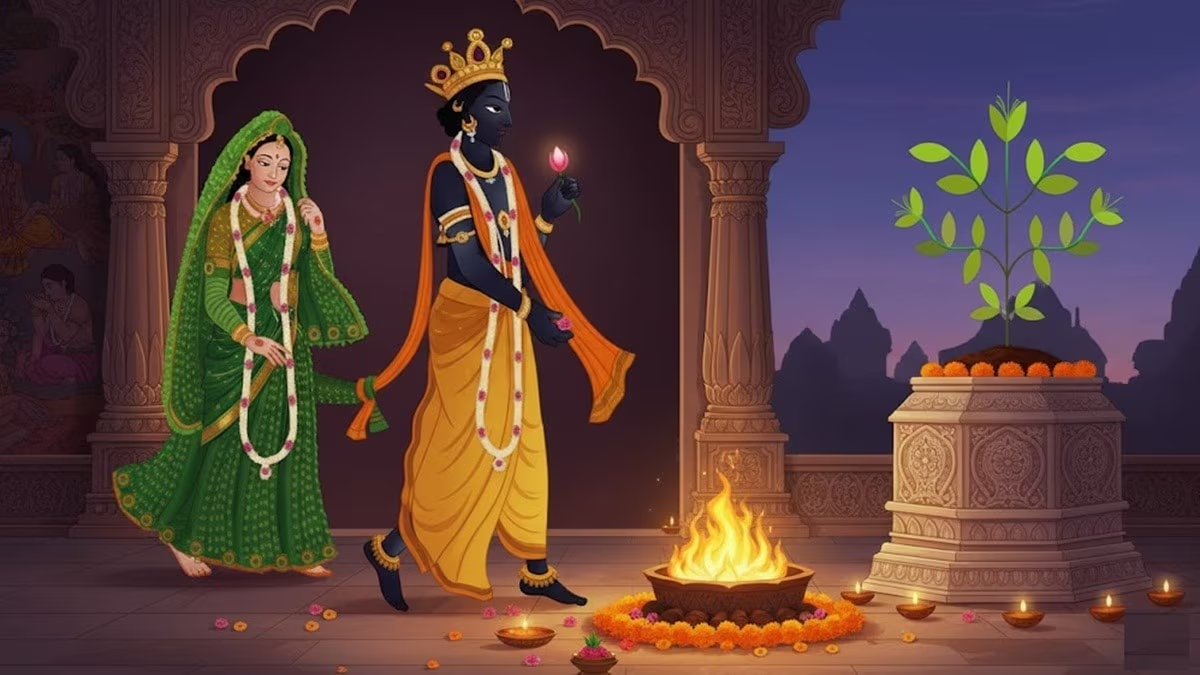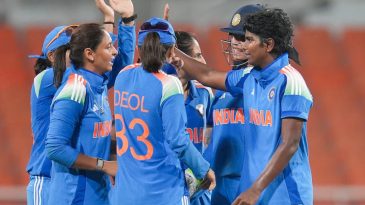- Sports
- Updated on November 5, 2025
The Rise of Indian Women’s Cricket: From Underdogs to Global Champions

For years, cricket in India has been synonymous with passion, pride, and national identity. But while the men’s team has long basked in the spotlight, it’s the Indian women’s cricket team that has recently captured hearts with their grit, talent, and determination. Once underestimated, the women in blue have emerged as global contenders, rewriting the narrative of women’s sports in India. This is the story of their remarkable rise—from the shadows of underdog status to the global cricketing stage.
The Early Days: Laying the Foundation
Women’s cricket in India began humbly in the 1970s, long before it gained mainstream recognition. The Women’s Cricket Association of India (WCAI) was established in 1973, paving the way for women to represent the nation internationally.
The Indian women’s team played their first Test match in 1976 against the West Indies, and though resources were limited, the players showcased immense passion. Facilities, funding, and media coverage were nearly nonexistent, but what the early cricketers lacked in infrastructure, they made up for with pure determination.
Names like Shanta Rangaswamy, Diana Edulji, and Sandhya Agarwal became pioneers, laying the groundwork for future generations. They didn’t just play cricket—they fought for recognition, equality, and respect.
1990s to Early 2000s: Slow but Steady Progress
The 1990s and early 2000s marked a slow but steady progression in women’s cricket. Matches were still sparsely attended, and the spotlight continued to favor men’s tournaments. Yet, Indian women began achieving notable milestones.
In 2005, the team made history by reaching the final of the Women’s Cricket World Cup for the first time. Although they lost to Australia, their performance put them firmly on the global cricketing map. Players like Mithali Raj and Jhulan Goswami emerged as icons—Mithali’s consistency and Jhulan’s pace bowling prowess made them household names among true cricket enthusiasts.
Their achievements inspired young girls across India to pick up the bat and ball, believing that one day, they too could play for India.

The Turning Point: BCCI Merger and Structural Support
A major turning point came in 2006, when the Board of Control for Cricket in India (BCCI) officially took over the management of women’s cricket from WCAI. This merger brought in much-needed financial stability, better coaching facilities, and professional contracts.
With the BCCI’s backing, the women’s team gained access to better training camps, physios, and exposure to international tours. The support structure around the players began to resemble that of their male counterparts, giving them the tools to compete at a higher level.
This period also saw the emergence of new talent like Harmanpreet Kaur, Smriti Mandhana, and Deepti Sharma, who would soon transform the face of Indian women’s cricket.
The 2017 World Cup: A Defining Moment
The 2017 ICC Women’s World Cup in England changed everything. India’s stunning run to the finals brought the nation to a standstill. From Harmanpreet Kaur’s unforgettable 171* against Australia in the semifinals to Mithali Raj’s poised leadership, the team displayed courage and confidence that captivated millions.
Although India narrowly lost to England in the final, they won something greater—the hearts of fans across the country. For the first time, television ratings for women’s cricket skyrocketed, social media buzzed with appreciation, and the players became national icons.
That World Cup didn’t just mark a sporting achievement; it was a cultural awakening. It proved that Indian women could compete with the best in the world—and win respect on their own terms.
Post-2017: The Era of Recognition and Growth
After the 2017 World Cup, the trajectory of Indian women’s cricket changed forever. Sponsorships increased, media coverage expanded, and more young girls started joining cricket academies across India.
Players like Smriti Mandhana, known for her elegant batting, and Shafali Verma, famous for her fearless hitting, became role models for the next generation. Harmanpreet Kaur’s leadership brought a fresh, aggressive approach to the team, emphasizing fitness, strategy, and unity.
The Indian team continued to shine on the international stage, reaching the final of the 2020 ICC Women’s T20 World Cup and putting up strong performances in bilateral series against top teams like Australia and England.
The Women’s Premier League (WPL): A Game Changer
The launch of the Women’s Premier League (WPL) in 2023 was a watershed moment for women’s cricket in India. Modeled after the IPL, the WPL brought together the best Indian and international talent under one exciting tournament.
For the first time, women cricketers received lucrative contracts, massive audiences, and a platform that celebrated their talent equally with the men’s game. The league has helped bridge the visibility gap and created a professional ecosystem where young players can dream big.
Franchises, brand endorsements, and televised matches have made stars out of players like Harmanpreet Kaur, Smriti Mandhana, and Deepti Sharma, elevating their status beyond just cricket enthusiasts to mainstream celebrities.
The Role of Media and Fans in Shaping the New Era
While skill and success have driven the rise of Indian women’s cricket, media coverage and fan engagement have played an equally vital role.
Social Media Influence
Platforms like Instagram, X (formerly Twitter), and YouTube have given players direct access to their audiences. Fans follow their fitness routines, behind-the-scenes moments, and personal stories—helping build emotional connections.
Media Spotlight and Representation
Major news outlets now regularly feature women’s cricket, highlighting player interviews, expert analysis, and match coverage. This consistent visibility has normalized the idea of women excelling in what was once considered a male-dominated sport.
Challenges That Still Remain
Despite massive progress, women’s cricket in India still faces challenges. Pay disparities between male and female cricketers, limited access to domestic tournaments, and the need for more grassroots development remain pressing issues.
However, with ongoing efforts from the BCCI, sponsors, and passionate fans, the landscape is rapidly improving. Schools and academies across India are now nurturing young girls with professional-level training, ensuring a bright future for Indian women’s cricket.
The Future: From Inspiration to Global Domination
The Indian women’s cricket team stands on the brink of a golden era. With a strong blend of experience and young talent, a growing fan base, and institutional support, the future looks promising.
Upcoming ICC tournaments, expanding WPL franchises, and the surge of interest from rural and urban areas alike signal that the best is yet to come.
The story of Indian women’s cricket is not just about runs and wickets—it’s about resilience, equality, and empowerment. From being underdogs to becoming global champions, these women have proven that passion and perseverance can break every boundary.
Read Also : Top 5 Unforgettable Matches in Indian Cricket History
Conclusion: The Women in Blue Are Here to Stay
Indian women’s cricket has come a long way—from forgotten corners of local grounds to the grandest stages in world cricket. What began as a quiet revolution is now a national movement inspiring millions.
As the Women in Blue continue to shatter records and stereotypes, one thing is certain: they are not just changing the game—they are redefining what it means to play for India.
Join the discussion
Related Articles
No results available
ResetTrending Articles


- Sports
- Updated on November 5, 2025


- General
- Updated on November 4, 2025


- General
- Updated on November 1, 2025

- General
- Updated on October 30, 2025


- General
- Updated on October 30, 2025


- General
- Updated on October 27, 2025


- General
- Updated on October 27, 2025

- General
- Updated on October 23, 2025


- General
- Updated on October 22, 2025


- General
- Updated on October 18, 2025
No results available
Reset


